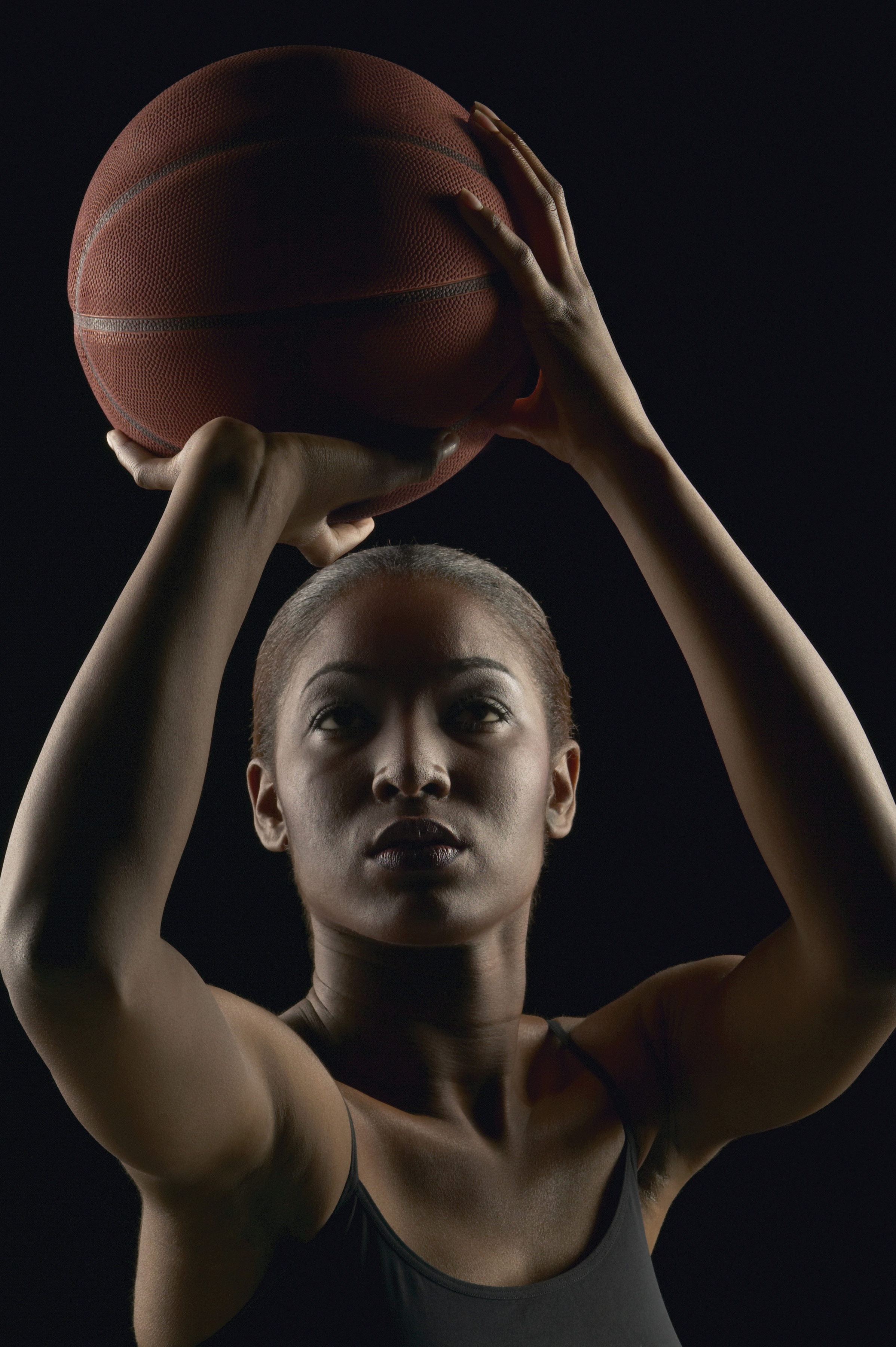This is “Unobtrusive Research: Qualitative and Quantitative Approaches”, chapter 11 from the book Sociological Inquiry Principles: Qualitative and Quantitative Methods (v. 1.0). For details on it (including licensing), click here.
For more information on the source of this book, or why it is available for free, please see the project's home page. You can browse or download additional books there. To download a .zip file containing this book to use offline, simply click here.
Chapter 11 Unobtrusive Research: Qualitative and Quantitative Approaches
Why Unobtrusive Research?
Figure 11.1

Unobtrusive research shows that women and men athletes receive unequal treatment when it comes to coverage of their respective sports.
© Thinkstock
Are female and male athletes at the professional and college levels treated equally? You might think, 40 years since the passing of Title IX (the civil rights law that prohibits sex discrimination in education including athletics) and with the growing visibility of women athletes in sports such as golf, basketball, hockey, and tennis, that the answer would be an easy yes. But Professor Michael Messner’s (2002)Messner, M. A. (2002). Taking the field: Women, men, and sports. Minneapolis: University of Minnesota Press. unobtrusive research shows otherwise, as does Professors Jo Ann M. Buysse and Melissa Sheridan Embser-Herbert’s (2004)Buysse, J. A. M., & Embser-Herbert, M. S. (2004). Constructions of gender in sport: An analysis of intercollegiate media guide cover photographs. Gender & Society, 18, 66–81. content analysis of college athletics media guide photographs. In fact, Buysse and Embser-Herbert’s unobtrusive research shows that traditional definitions of femininity are fiercely maintained through colleges’ visual representations of women athletes as passive and overtly feminine (as opposed to strong and athletic). In addition, Messner and colleagues’ (Messner, Duncan, & Jensen, 1993)Messner, M. A., Duncan, M. C., & Jensen, K. (1993). Separating the men from the girls: The gendered language of televised sports. Gender & Society, 7, 121–137. content analysis of verbal commentary in televised coverage of men’s and women’s sports shows that announcers’ comments vary depending on an athlete’s gender identity. Such commentary not only infantilizes women athletes but also asserts an ambivalent stance toward their accomplishments.
Without unobtrusive research we might be inclined to think that more has changed for women athletes over the past 40 years than actually has changed.




